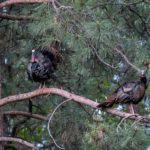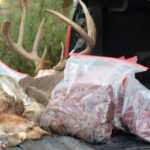Whitetails are the most popular game animal in the nation. They’re chased by more hunters than any other species, big or small. Few states provide opportunities at velvet deer, though.
And those that do, require a good bit of planning to make it happen. Here’s everything you need to know how to plan a velvet buck hunt this season.
Know the Velvet Shedding Window
One of the first things a hunter should do is familiarize themselves with the whitetail velvet shedding process. Individual deer typically shed their velvet within 24 hours, and once the first buck sheds out, almost all bucks within that area are hard-antlered within a week or two.
It’s different from area to area, though. For example, in southern Florida, deer tend to shed out months before midwestern whitetails. But even in areas closer together, the process can be separated by a few days to a few weeks.
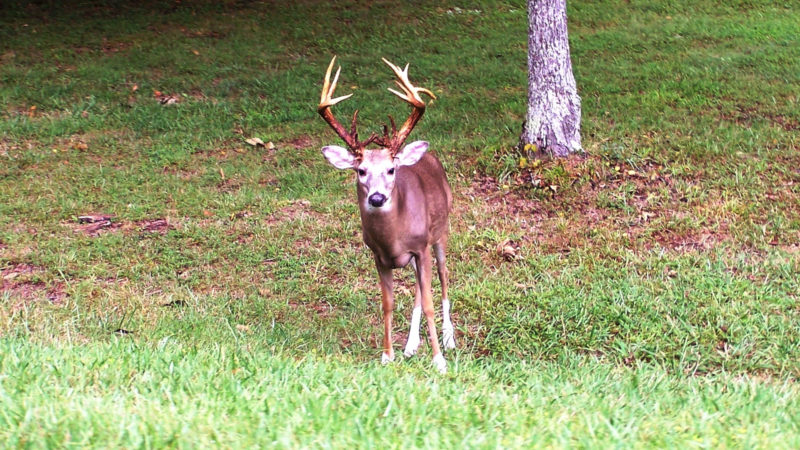
While a South Carolina deer might lose its velvet in late August, most Kentucky bucks shed out during the first two weeks of September. You’ll find these variations in average annual velvet shedding dates in different counties, states and regions.
Of course, knowing when deer shed out is important in relation to when a state’s season opens. If it opens prior to the average velvet shedding window, it’s likely a good destination for a velvet hunt. If not, you best look elsewhere.
Pick Private or Public
It’s also important to determine if you’ll be hunting on private or public land. This isn’t entirely based on budget, either. There is some really good public-land hunting out there, especially in terms of early-season hunting. Why? Fewer hunters and less pressure.
Some of those very same areas might get overrun during the rut, gun seasons, and more popular times of the year. But by in large, the early season flies under the radar.
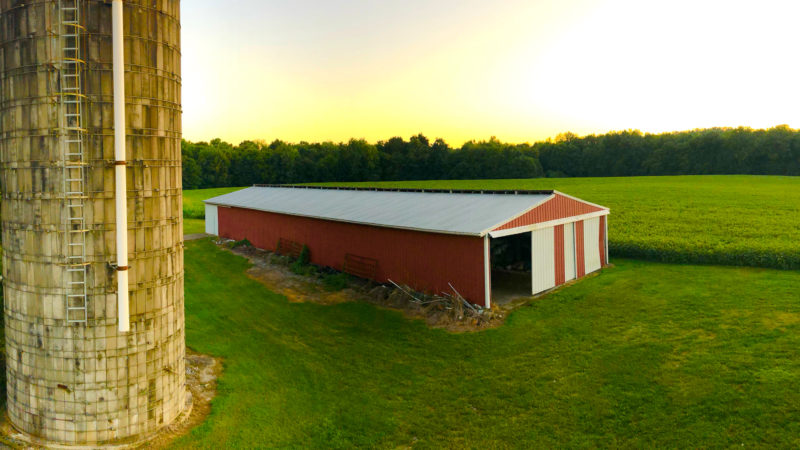
Of course, private land is another option. You might have a local contact who can help with access. Leasing is becoming more popular, too. Furthermore, if you have the budget and it interests you, perhaps go with an outfitter.
Remember, don’t look down on any of these options. All of them are hunting. We’re all on the same team. I’ve been on public-land hunts that were easier than private land, and vice versa. In fact, some of the private properties I hunt by permission receive more pressure than some of the public hidey holes I know of. It’s all relative. Just go hunt and have fun.
Choose a General Destination (State)
Once you’ve decided on private or public, and guided or do-it-yourself (DIY), it’s time to select a destination. To begin the process, choose a state. There are definite winners in the velvet category.
In the Southeast, three states reign supreme. Kentucky is a no-brainer. The downside is it doesn’t have quite as much public land. But it’s still really good.
Tennessee is good, too, and people are flocking to the early-season CWD velvet hunt it now hosts in August. Finally, in the Deep South, give South Carolina a try. While the deer aren’t as big, they make up for that in numbers.
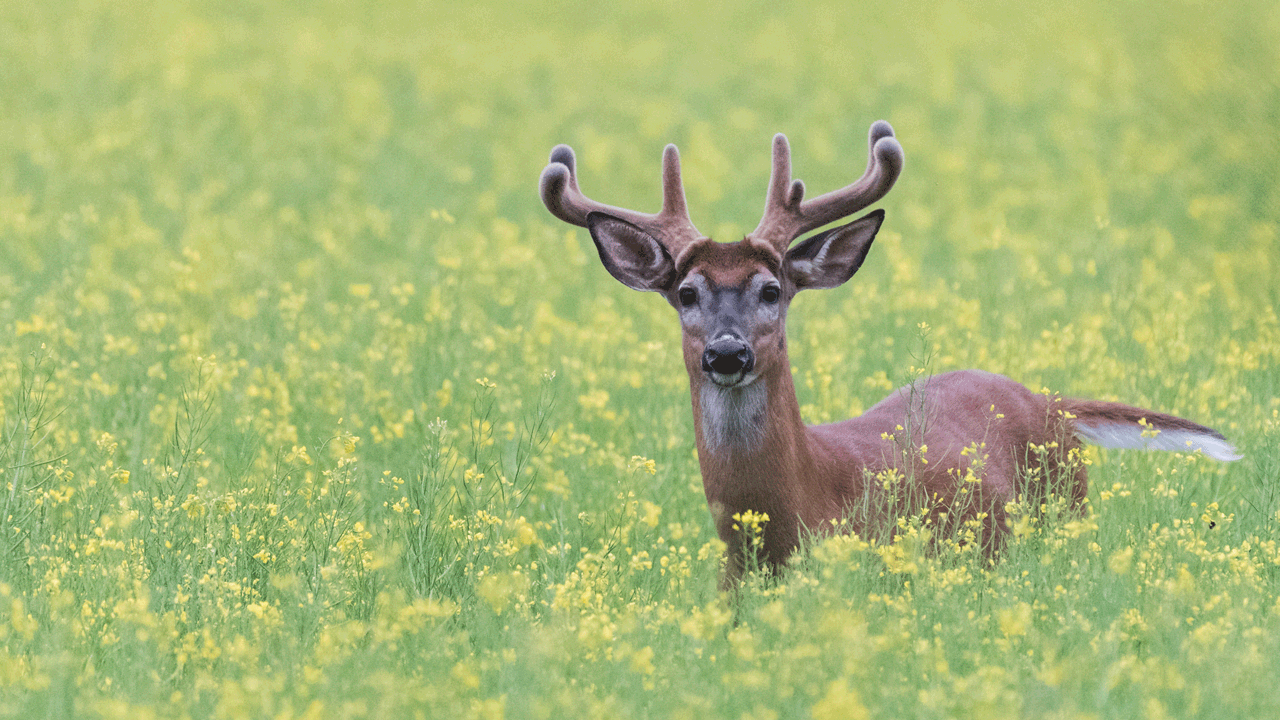
In the Midwest, a couple of states come to mind. Nebraska is the first. It opens in early September, and it offers plenty of public-land opportunities. North Dakota is another surefire place. It offers excellent potential.
In the West, Wyoming is a solid bet. Opening day varies by region, but it’s a solid go-to option. Pope & Young bucks are everywhere. Montana is another solid bet. It too has plenty of 130- to 150-inch whitetails. And don’t sleep on Idaho. The place is home to plenty of predators and rugged terrain, but it also holds some big velvet whitetails.
Regardless of the state you settle on, each of the aforementioned places are likely to have seasons that give you a window to chase deer while they’re still in velvet.
Narrow Down the Search (Counties and Specific Properties)
Once a state is chosen, it’s time to drill down on specific counties. And after that, zoom in even further to specific properties. There are plenty of resources to pre-scout from home.
Call wildlife agencies and DNRs. Talk to their whitetail biologists and land managers. Ask them where the up-and-coming properties are located. They might be willing to help you find overlooked spots that receive less pressure.
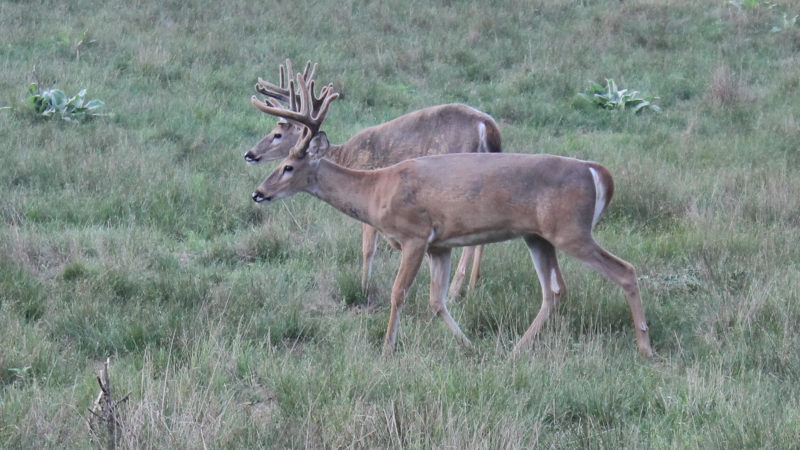
There are plenty of other resources out there, too. State agencies publish data on areas throughout their state. Conservation organizations oftentimes do the same.
You might even find relevant info in forums and other areas. Even oddball sources such as blogs and media-related websites might have some information.
Just remember, though, that the more press a place gets, the more likely it has high hunting pressure. So, don’t overlook the spots no one has ever heard of.
Another important step is to dig up as much information as possible on specific tracts. Whether you’re looking for private land to lease or gain permission on, or if you’re e-scouting specific public-land tracts, it’s important to study these with different maps.
Use HuntStand, for example, to study these with different map layers. It’ll help relinquish potential hotspots.
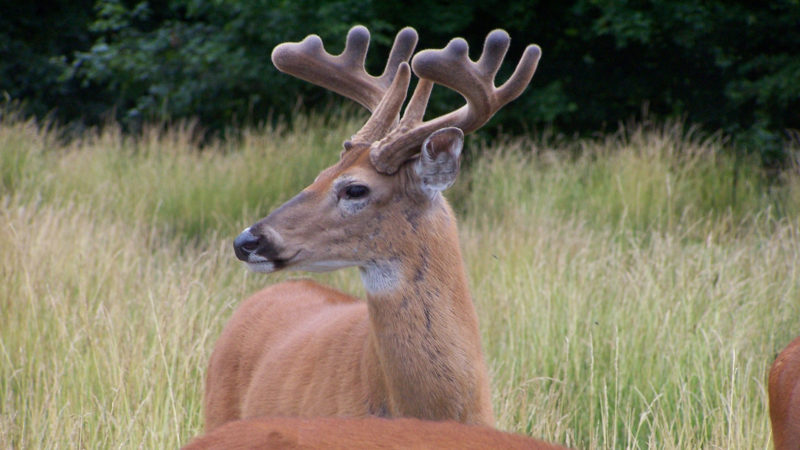
Find the Bachelor Groups
Knowing where velvet deer are located on specific properties is important. Because deer are bachelored up, you’ll feel like you’re seeing a bunch of bucks, or none at all. Spend some time prior to the hunting trip itself, or the beginning of the hunting trip, finding and patterning deer.
There are plenty of things to consider, of course. Knowing the early-season bedding areas and food sources, finding the hottest sign (tracks, droppings, etc.), and piecing together lines of movement are all very important.
Remember, they tend to bed in areas that offer sanctuary from the hot sun, such as on northern slopes, near water sources, and in areas with plenty of shade.
Also, under certain circumstances, they’ll bed closer to major food sources. They feed on mostly greens, early-dropping mast crops, and other things that peak in early September. It takes effort to drill down on these, but do so and you’ll likely land in the chips.
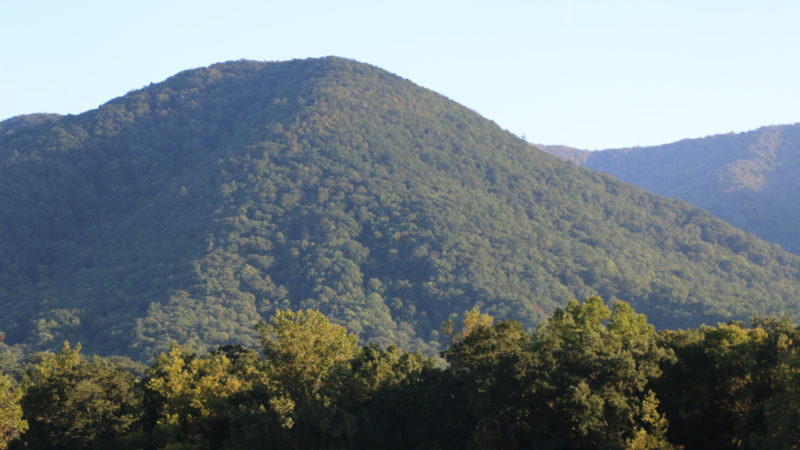
Learn Bachelor Group Dynamics
After deciding where you’ll be hunting, finishing e-scouting, and conducting all possible in-the-field scouting of specific properties, it’s time to learn bachelor group dynamics. Whitetails behave differently within the confines of their summertime and early-season groups. It’s a different world than during the pre-rut, rut, and late season.
For starters, they’re much more daylight active. Also, if mature bucks are bachelored with younger deer, they’ll oftentimes move more (and further) in daylight than if several mature bucks are running together.
While calling and rattling isn’t advised, glassing from afar and seeing what deer do is huge. Find deer and go to them instead of trying to bring them to you. This time of year, there’s a good chance they’ll repeat patterns.
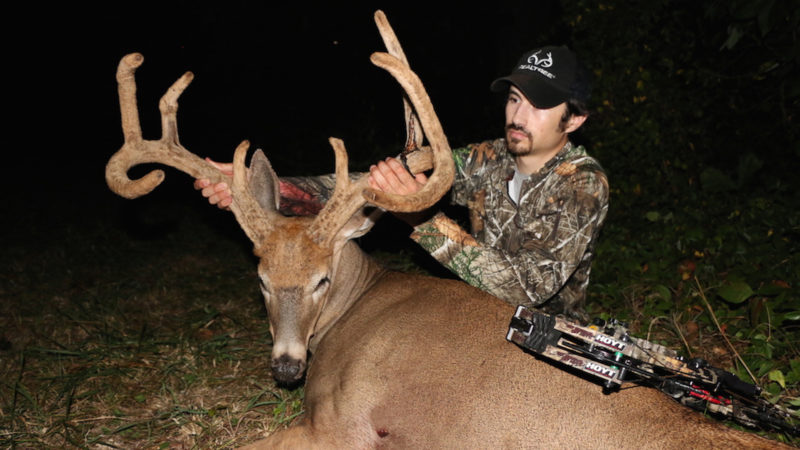
Deploy the Game Plan
You’ve conducted as much planning as possible. Scouting is mostly complete. The plan is in place. Now, all that’s necessary is executing it. Unless you find a good reason to deviate from the blueprint, stick with it.
Gut feelings are built upon intuition, and intuition comes from experience, expectations, knowledge and your own predictions. Go with it. Get it done. Fill that tag on the ol’ fuzzy buck of your dreams.

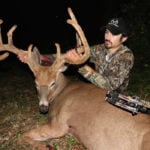 By
By 
